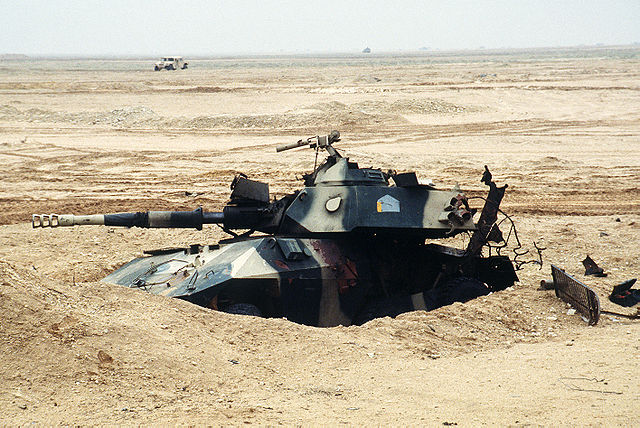Engesa was a Brazilian company in the oil and later automotive and military sectors founded in 1958. In the 70s and 80s it established itself as one of the "big three" in Brazil's arms industry, alongside Avibras and Embraer. It manufactured 6,818 land military vehicles such as the EE-25 truck and the EE-9 Cascavel and EE-11 Urutu armored vehicles, which it sold to Brazil and 18 other countries, and are still used in conflicts today. Its technological peak was the prototypes of the EE-T1 Osório main battle tank. Its founder, José Luiz Whitaker Ribeiro, was called the "civil armaments czar". In the civilian market, it became known with its Engesa 4 jeep. It went into decline at the end of the 80s as a result of mismanagement and a hostile internal and international environment, going bankrupt in 1993.
The Capuava refinery, Engesa's first customer
EE-9 Cascavel armored reconnaissance vehicle
EE-11 Urutu armored transport
Osório tank
The EE-9 Cascavel is a six-wheeled Brazilian armoured car developed primarily for reconnaissance. It was engineered by Engesa in 1970 as a replacement for Brazil's aging fleet of M8 Greyhounds. The vehicle was first fitted with the Greyhound's 37mm main gun, and subsequently, a French turret adopted from the Panhard AML-90. Later models carry unique Engesa turrets with a Belgian 90mm Cockerill Mk.3 cannon produced under licence as the EC-90.
Engesa EE-9 of the Brazilian Army at a public exhibit in 2022
A battle-damaged Iraqi EE-9 Cascavel somewhere along the frontier with Saudi Arabia, during Operation Desert Storm.
A Cascavel Mk I at a museum in Rio de Janeiro.
EE-9 Cascavels of the Iraqi Army in 2008.








